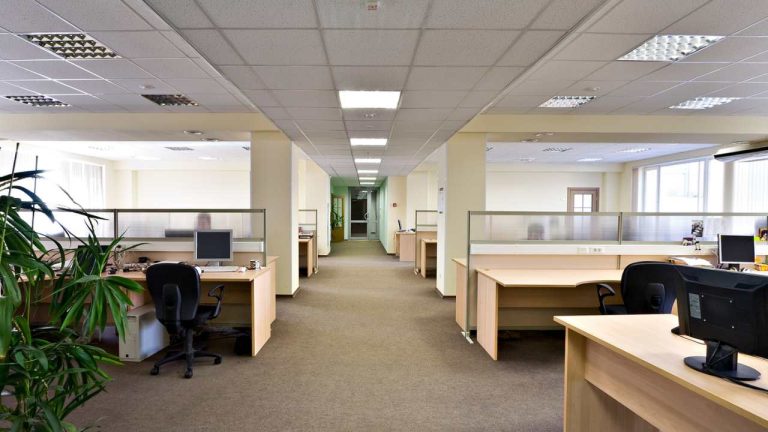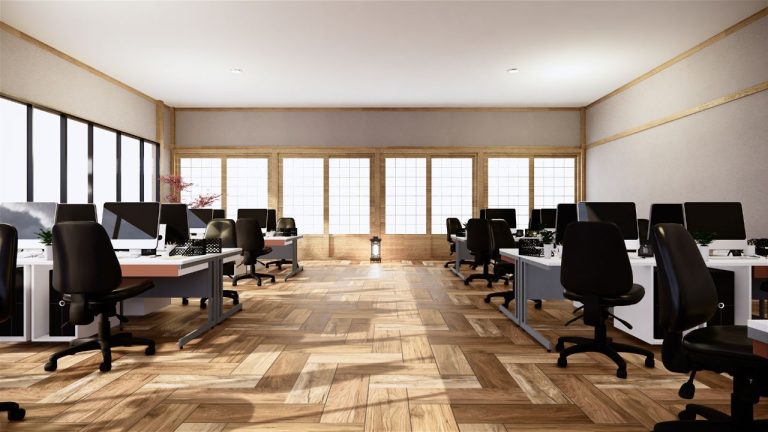Commercial Real Estate Agents – Commercial Lease Negotiation Tips
The structure of a lease negotiation and tenancy placement is very much related to the financial requirements of the owners, so information is essential if those negotiations are to be successful.
What is the landlord’s situation, and what are market trends in leasing currently? Business sentiment will have a bit to do with the trends in your leasing market.
You need to understand what lease priorities exist for the client landlord and how those priorities must be integrated into the tenancy mix and lease models. You also need to know about the property and its ability to serve the tenants and customers into the future.

Get Real Estate Resources Here Free
Commercial Real Estate Agents Worldwide – Sign up here below
Do you like commercial, retail, and industrial real estate sales, leasing, or property management? We do, and we hope you do too. Let us share our free resources and real estate tips directly with your inbox. Sign up here below.
The Landlords Leasing Focus
Concerning lease documents, landlords are generally basic and particularly concerned with:
- The period of the lease
- The level of rent
- The type of rent
- The renewal of the lease
- Landlords costs to establish a lease
- Tenants make good requirements at the end of the lease
- Permitted use of the premises
- The frequency and method of adjustment of rent
You should take this further and be focused on the calibre of the tenant and the suitability of the tenant to other tenants within a building. This is the start of tenancy mix considerations and real strategy.
Good Leases are Essential with Investment Property
Some clients will overlook the essential terms of the lease and think that ‘any lease will do’. This narrow view is wrong and must be shaped to encourage good lease and tenant placement outcomes. Great leases support good tenant placements. Underpinning this is a good solicitor who knows how to write a good lease that suits the needs of the property and its future for the client.
Choose Generic Leases or Great Leases?
First and foremost, if the Solicitors who are responsible for doing the leases for the property are not fully aware of the property in reasonable detail, it is wise to encourage them to inspect the property with you and the client so that all key issues and potential problems are identified for the client allowing the lease to be designed to suit.
A great lease supports a great property and tenancy mix. Generic leases do not suit the purpose well because they do not relate to the special issues that the individual property needs or creates.
A final word on generic leases is that they are commonly used where the landlord (client) is trying to save money on legal costs. This is not a positive practice and is quite counterproductive from an investment perspective.
A good lease document matches the property and the client’s investment model. It then makes it easier for the Agent to undertake the leasing process and the tenant mix. All the key issues of occupancy are already on paper in the lease.
Features of the Property
Details of physical and other features of properties should be noted in your inspections so that you can build on the opportunities and positive aspects of the property with potential new tenants.
All the information gained should be included on an appropriate and organised listing form and recorded as both hard copies and as part of a computerised listing package. Ultimately you will be producing a leasing brochure and information package to present to potential tenants. All positive aspects of the property should, therefore, be well understood and documented. Work with the strengths of the property and the vacant space.

Leasing Preferences
All investors and owners of commercial property have differing investment and ownership needs. They could want the property to produce certain levels of growth or stability for their investment needs. They could also want to hold the property for a period of time.
These issues then lead to the core decisions that they will make when you locate a tenant or adjust the tenancy mix. It could be that the client prefers to hold the property for a short period of time and then undertake a redevelopment or expansion of the property. This will have a significant impact on how you would construct the tenancy mix and lease profile for the property. You may need the lease’s redevelopment or relocation clauses to give the client flexibility.
To handle these facts you will fully interview the client and discuss the investor’s property requirements before proceeding with any part of the professional leasing and tenancy services that comes with commercial real estate. You must match your leasing and tenancy services to their needs.
Your skill is in assessing the potential leasing and tenant balance of the property and then shaping the leases to support the rental income needs is essential.

What’s the Lease Impact and Potential?
What size and type of rental can you get from the property? When looking at the potential return of the property from the tenancy mix angle, the cash flow aspects requiring future awareness include:
- rent review profiles
- lease expires
- lease term
- rent types
- incentives
- option periods
- outgoings recoveries
The more tenants you have in the property, the more complex this situation and consideration gets. Lease elements such as these above will affect the potential income from the property into the future. Look for the peaks and troughs as well as opportunities in tenant mix and placement.
Tenant Lease Events
You should explore the ramifications of all such tenant events, and all others in the relative property leases, so that the property is carefully prepared for any later sales activity, leasing opportunity, and all other future income opportunities. Seek to minimise major ‘dips’ in cash flow and the threat of vacancy periods.
The lease and the balance of all the leases against each other is, therefore, a big part of tenant balance and your service. Review all leases and tenant matters to a timeline and the business plan for the property.
You would not normally want or have a number of leases falling vacant at or around the same time. This is only done when you want to remix or redevelop the property and hence the only way to achieve that would be through the creation of vacancies.
The best way to consider and construct the multiple tenant activities and plans in a complex property would be to graph the tenants in a calendar or graph display. You can then see where you need to handle cash flow exposure issues created by lease vacancies and expires. You can then give the landlord client some real logic in doing a certain type of lease at a certain time.










